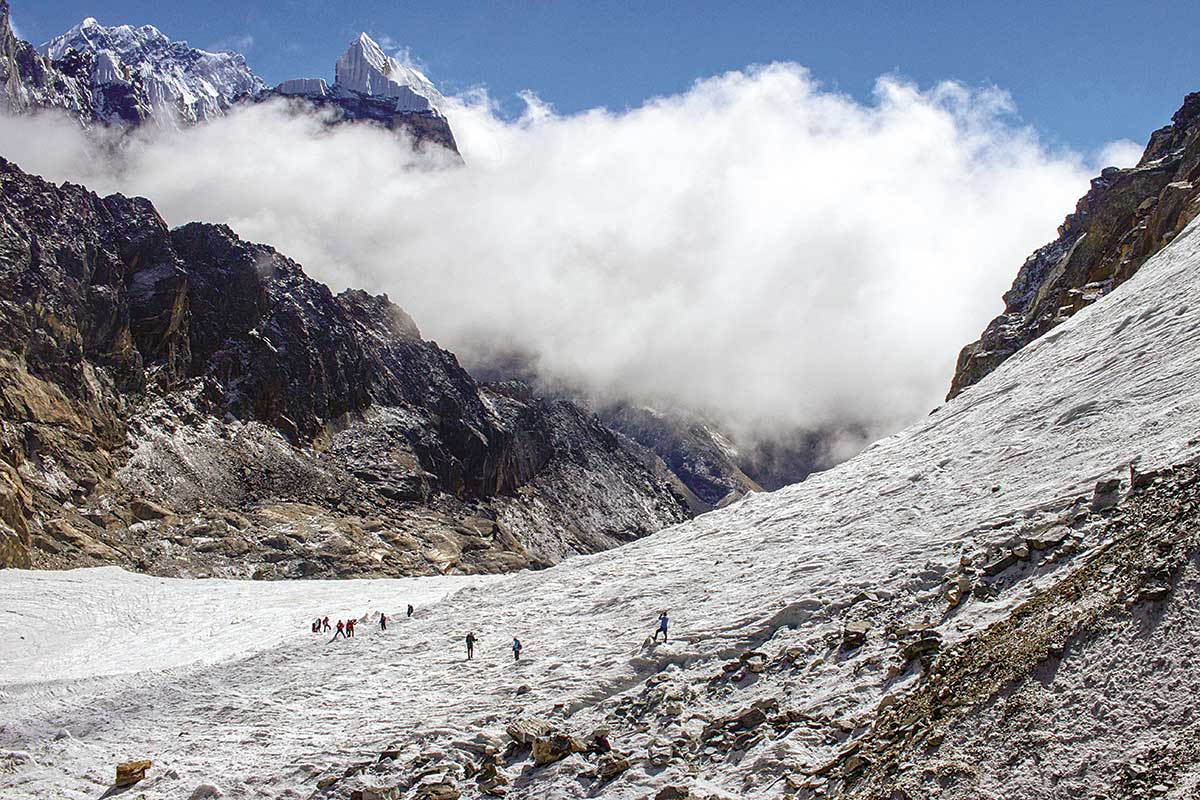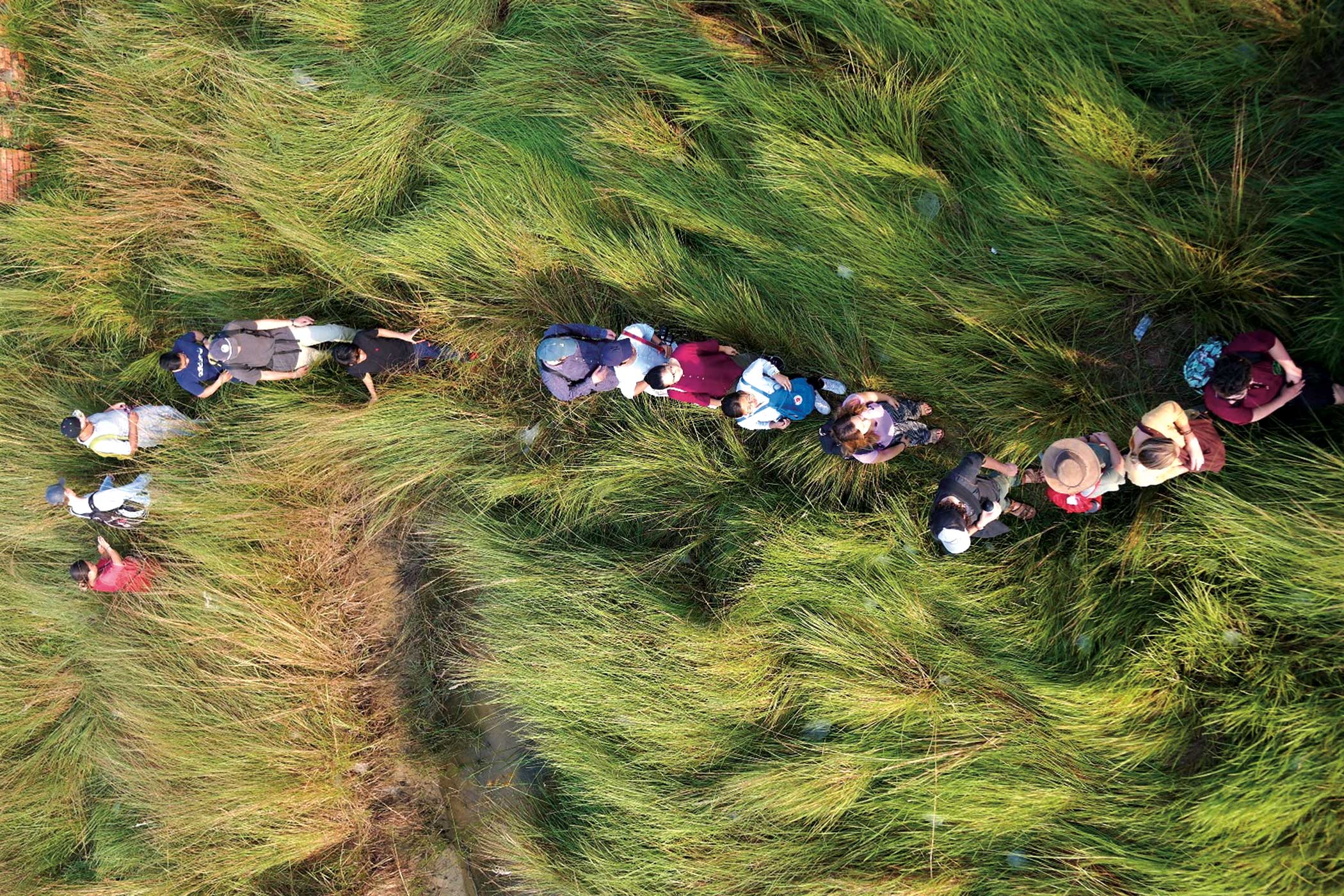About 107 km from the city of Aurangabad, the rock-cut caves of Ajanta, nestled in apanoramic gorge, in the form of a gigantic horseshoe are amongst the finest examples of some of the earliest Buddhist architecture, cave-paintings and sculptures. Occupied for almost 700 years, the caves of Ajanta seem to have been abandoned abruptly. They remained shrouded in obscurity for over a millennium, until John Smith, a British army officer, accidentally stumbled upon them while on a hunting expedition in 1819. Their isolation contributed to the fine state of preservation in which some of their remarkable fresco paintings and chaityas dedicated to Lord Buddha and viharas, or monasteries, used by Buddhist monks for meditation and the study of Buddhist teachings, remain to this day.
.jpg) There are about thirty caves excavated in the south side of the precipitous bank of the ravine which can be classified into two distinct phases: the earlier Hinayana phase in which the Buddha was worshipped only in the form of certain symbols, and the later Mahayana phase in which the Buddha was worshipped in his physical form. There are two kinds of caves: dwelling-halls and meeting-halls. The former, as one enters from the pathway along the sides of the cliff, have a broad verandah, its roof supported by pillars, and giving towards the interior on to a hall averaging in size about 35 ft. by 20 ft. to left and right, and at the back, dormitories that open out to this hall, and in the center of the back, facing the entrance; an image of the Buddha stands in grandeur. The number of dormitories varies according to the size of the hall, and in the larger ones pillars support the roof on all three sides, forming a sort of cloister running round the hall. The meeting-halls go back into the rock about twice as far as the dwelling-halls; the largest of them being 945 ft. from the verandah to the back, and 415 ft. across, including tic cloister. They were used as chapter houses for the meetings of the Buddhist order. The caves are in three groups, the oldest group dating back to 200 BC. to 200 AD, the second group belonging, approximately, to the 6th, and the third group to the 7th century AD. The paintings that adorn the walls and ceilings of the caves depict incidents from the life of the Buddha and various Buddhist divinities.
There are about thirty caves excavated in the south side of the precipitous bank of the ravine which can be classified into two distinct phases: the earlier Hinayana phase in which the Buddha was worshipped only in the form of certain symbols, and the later Mahayana phase in which the Buddha was worshipped in his physical form. There are two kinds of caves: dwelling-halls and meeting-halls. The former, as one enters from the pathway along the sides of the cliff, have a broad verandah, its roof supported by pillars, and giving towards the interior on to a hall averaging in size about 35 ft. by 20 ft. to left and right, and at the back, dormitories that open out to this hall, and in the center of the back, facing the entrance; an image of the Buddha stands in grandeur. The number of dormitories varies according to the size of the hall, and in the larger ones pillars support the roof on all three sides, forming a sort of cloister running round the hall. The meeting-halls go back into the rock about twice as far as the dwelling-halls; the largest of them being 945 ft. from the verandah to the back, and 415 ft. across, including tic cloister. They were used as chapter houses for the meetings of the Buddhist order. The caves are in three groups, the oldest group dating back to 200 BC. to 200 AD, the second group belonging, approximately, to the 6th, and the third group to the 7th century AD. The paintings that adorn the walls and ceilings of the caves depict incidents from the life of the Buddha and various Buddhist divinities.
Ajanta has therefore been designated as a World Heritage Site by UNESCO (United Nations educational, scientific and cultural organization) to be preserved as an artistic legacy that will continue to inspire and enrich the lives of generations to come.

The Goddess among Men: Chronicles of a former Kumari
Transition back to regular life wasn't easy for Preeti Shakya, a former Kumari. In that role, she was loved and...










